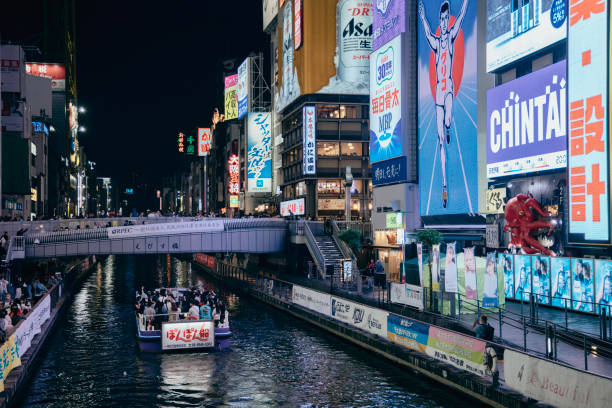Traditional Out of Home (OOH) advertising methods such as static billboards are fast disappearing from the outdoor landscape as businesses turn to more versatile LED display options. The technology is ever-evolving and it is now possible to install outdoor screens at almost any scale and over curved or unusually shaped surfaces.
The quality, durability and capabilities of the screens are also improving rapidly and transforming the possibilities for OOH displays, with technology such as Glue on Board, also known as ResinProtect. Here’s a look at some of the latest and most effective ways that digital screens can be used as part of an outdoor marketing strategy.
3D visual effects
One of the biggest headline-grabbers of the past few years has been the 3D visual effects that use cutting-edge techniques to create eye-catching optical illusions. This certainly makes passer-by stop and look twice as the images appear to jump out of the screen at them.
In a busy urban landscape where there are so many competing demands on our time and attention, this type of image well and truly stands out from the crowd. Notable examples include Netflix’s 20 m tall zombie tiger that was displayed in Piccadilly Circus, London, in 2023. It was created as part of the blockbuster film Army of the Dead.
The Coca-Cola billboard in Times Square, New York City, currently holds the world record for the world’s largest 3D dynamic billboard display. It covers six storeys of a building, and it is composed of over 1700 independent LED display modules.
The advert gives the illusion that the ‘fourth wall’ of the building is removed so that viewers can see inside a home. The interior reveals a family preparing for Christmas with decorations and parcels ready to be unwrapped. The ad has received accolades for its creative approach and bold vision.
Augmented reality screens
Augmented reality takes the three-dimensional effect one step further, by overlaying augmented content onto the LED screen to create an unsettling blend of reality and illusion. When viewed through a device such as a smartphone, the image is transformed into an immersive experience that can help the viewer step into another dimension.
This technique can be used for practical purposes, such as to showcase rental apartments to potential customers, or for advertising or entertainment purposes. It’s an emerging technology that looks set to become mainstream in the near future as the digital landscape expands and becomes ever more indispensable to modern life.
Live streaming
One of the most widespread uses of LED video walls is currently for livestreaming major events such as concerts, festivals, and sporting events. These can be game-changers, allowing everyone in a large crowd to have a good view of the proceedings no matter what their position is, and enhancing TV coverage of the event.
The giant outdoor LED screens can also be integrated with real-time updates about schedules, changes to the proceedings, security announcements, news, traffic and weather updates, and so on. They also offer a massive opportunity for advertisers, with a captive live audience of thousands, and potentially millions more TV viewers.
Programmatic advertising
The beauty of LED advertising is that the content is not tied to one single location, or even a fixed time of day or duration. It is possible to buy or sell advertising space on an LED board, and make strategic decisions about which locations and times are most likely to connect with the target audience.
The adverts can be more precisely targeted with data analytics, which can be used to display ads based on collated data about audience demographics, foot traffic, geographical location, time of day, and other contextual factors. This makes it more likely that the ads will be viewed by people who are actively interested in or seeking the products or services.
Interactive advertising displays
Modern audiences are becoming more indifferent to traditional advertising methods that are a one-way message and do not attempt to involve the audience in the process. Brands are now driven by a need to appear authentic and build up a more active two-way relationship with their target audience.
Digital marketing methods provide the perfect opportunity to do this, with touch-enabled screens that offer choice or feedback opportunities to consumers, or QR codes that can be scanned to access instant promotions, product demonstrations, and other useful information.

